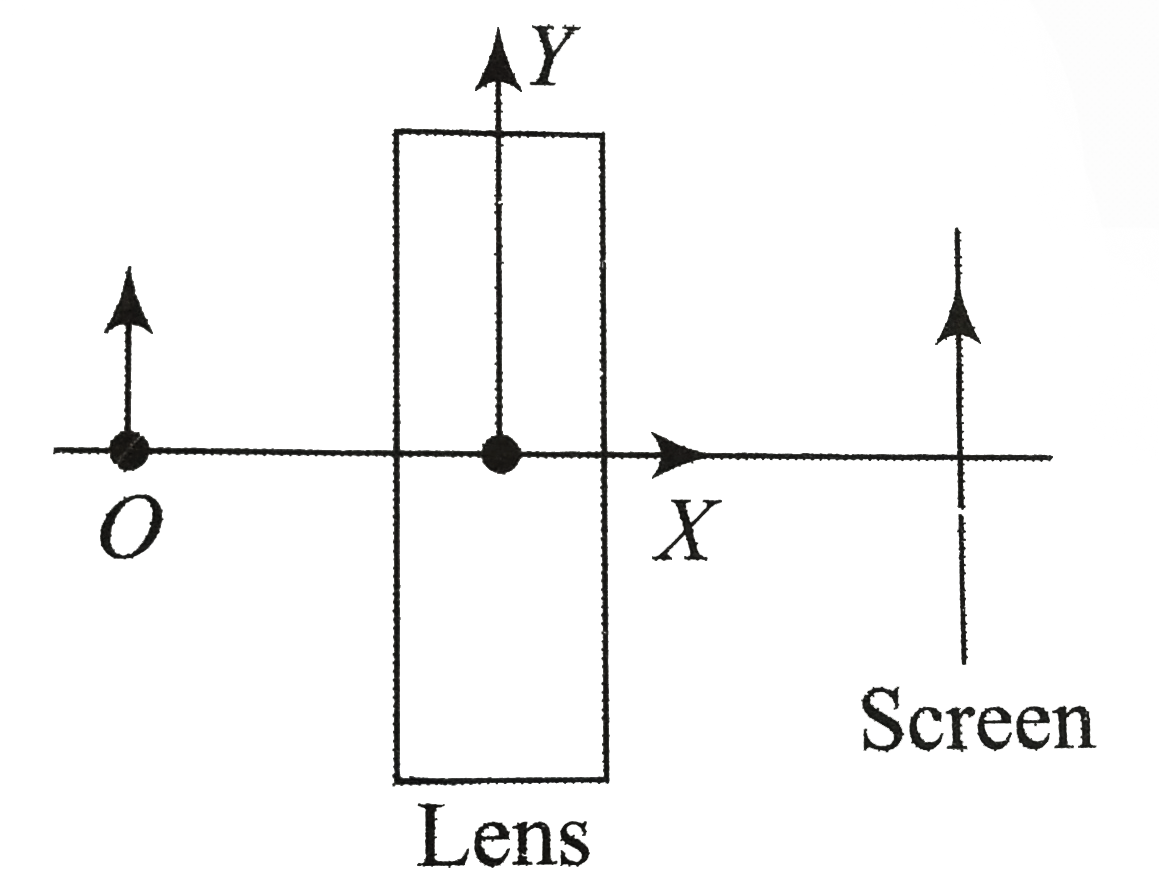For NPP, energy captured is
1−5% of incident rediation
2−5% of PAR
0.8−4% of incident radiation
2−10% of PAR
The correct Answer is:D
To solve the question regarding the energy captured for Net Primary Productivity (NPP), we can follow these steps:
1. Understand NPP: NPP stands for Net Primary Productivity. It refers to the amount of organic matter (or energy) that is produced by plants after accounting for the energy they use for respiration.
2. Differentiate between GPP and NPP:
- Gross Primary Productivity (GPP) is the total amount of organic matter produced by photosynthesis.
- NPP is calculated by subtracting the energy used for respiration (R) from GPP. The formula is:
NPP=GPP−R
3. Identify the role of photosynthetically active radiation (PAR):
- PAR refers to the portion of solar radiation that plants can use for photosynthesis. It is crucial for understanding how much energy is available for the process of photosynthesis.
- It is noted that only about 2 to 10% of solar radiation is utilized in photosynthesis.
4. Conclude the energy captured for NPP:
- Based on the information provided, the energy captured for NPP, which is derived from the photosynthetically active radiation, is approximately 2 to 10% of the total solar radiation.
Final Answer:
The energy captured for NPP is approximately 2 to 10% of the total solar radiation.
---
- Gross Primary Productivity (GPP) is the total amount of organic matter produced by photosynthesis.
- NPP is calculated by subtracting the energy used for respiration (R) from GPP. The formula is:
NPP=GPP−R
- PAR refers to the portion of solar radiation that plants can use for photosynthesis. It is crucial for understanding how much energy is available for the process of photosynthesis.
- It is noted that only about 2 to 10% of solar radiation is utilized in photosynthesis.
- Based on the information provided, the energy captured for NPP, which is derived from the photosynthetically active radiation, is approximately 2 to 10% of the total solar radiation.
The energy captured for NPP is approximately 2 to 10% of the total solar radiation.
Topper's Solved these Questions
- ECOSYSTEMBOOK - CENGAGE BIOLOGY ENGLISHCHAPTER - ECOSYSTEMEXERCISE - ARCHIVES (CHOOSE THE CORRECT OPTION)
41 Videos
- BODY FLUIDS AND CIRCULATIONS BOOK - CENGAGE BIOLOGY ENGLISHCHAPTER - BODY FLUIDS AND CIRCULATIONS EXERCISE - ARCHIVES (Choose the correct option)
30 Videos
- ENVIRONMENTAL ISSUESBOOK - CENGAGE BIOLOGY ENGLISHCHAPTER - ENVIRONMENTAL ISSUESEXERCISE - ARCHIVES
45 Videos
Similar Questions
For net primary productivity energy captured is
View SolutionIn respiration, the energy not captured by ATP is
View SolutionCalculate the effective neutron capture radius of a nucleus having a cross section of 1.0 barn.
View SolutionK-capture
a. Refers to capture by other nucleus of an electron from K-shell
b. Results in decrease in Z
c. Is of the type
.56Ba133+.−1e0→.55Cs133_γ-rays d. All of these
View SolutionWhich of the following is/are incorrect ?
(A) In nature food chain exist not food web
(B) Gene flow occur between two different population
(C) Flow of energy in ecosystem is linear
(D) All ecosystem are constant in size.
(E) Plants capture onlt 2-10% of the PAR
View SolutionA candle is placed 15cm in front of a lens. If the image of the candle captured on a screen is magnified two time, calculate the focal length and nature of the lens.

View SolutionThe mass of a proton is 1836 times more than the mass of an electron. It a sub-atomic of mass (m)207 times the mass of electron is captured by the nucleus, then the first ionization potential of H:
View SolutionThough tidal energy is a clean source of energy, it is not a major source of energy. Why?
View SolutionMolecules in motion possess energy called kinetic energy.
View Solutionwhat percentage of PAR is is captured by plants ?
View Solution
